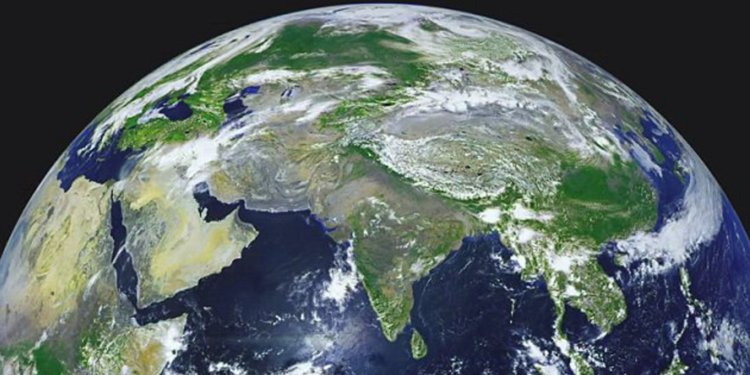by C. Morrison, Dec 28, 2024 in TheDailySceptic

Stand by for another bout of ‘Hottest Year Evah’ stories as the mainstream media pursues its campaign to induce mass climate psychosis and prepare the ground for the oncoming Net Zero catastrophe. Alas, enjoy it only a little while longer since this story may have to be retired after putting in such a sterling propaganda shift. Global temperatures are falling like a stone, while the oceans are cooling at a remarkably rapid rate. In the U.K., the year is likely to show a second annual temperature fall since the alleged ‘record’ year in 2022.
Only last May, Matt McGrath and Justin Rowlatt at the BBC were claiming that “fuelled by climate change” the world’s oceans had broken temperature records every single day over the past year. Planet-warming gases were said to be “mostly to blame”. Three days were singled out when the previous highs were beaten by 0.34°C. Inexplicably, the story, a matter it might be thought of some ongoing concern, was not followed up. The graph below, compiled from data supplied by the U.S. weather service NOAA, might help explain why.
…





